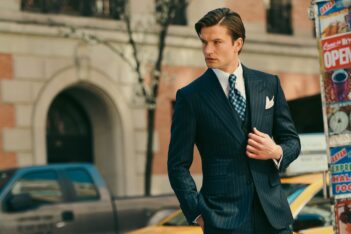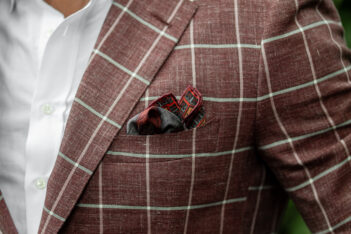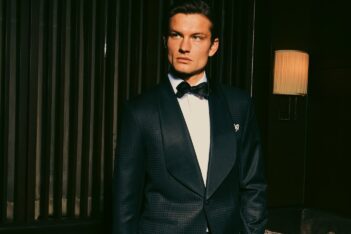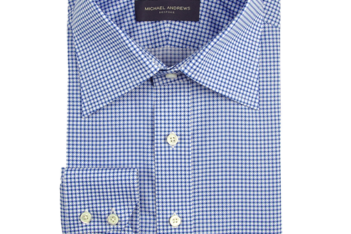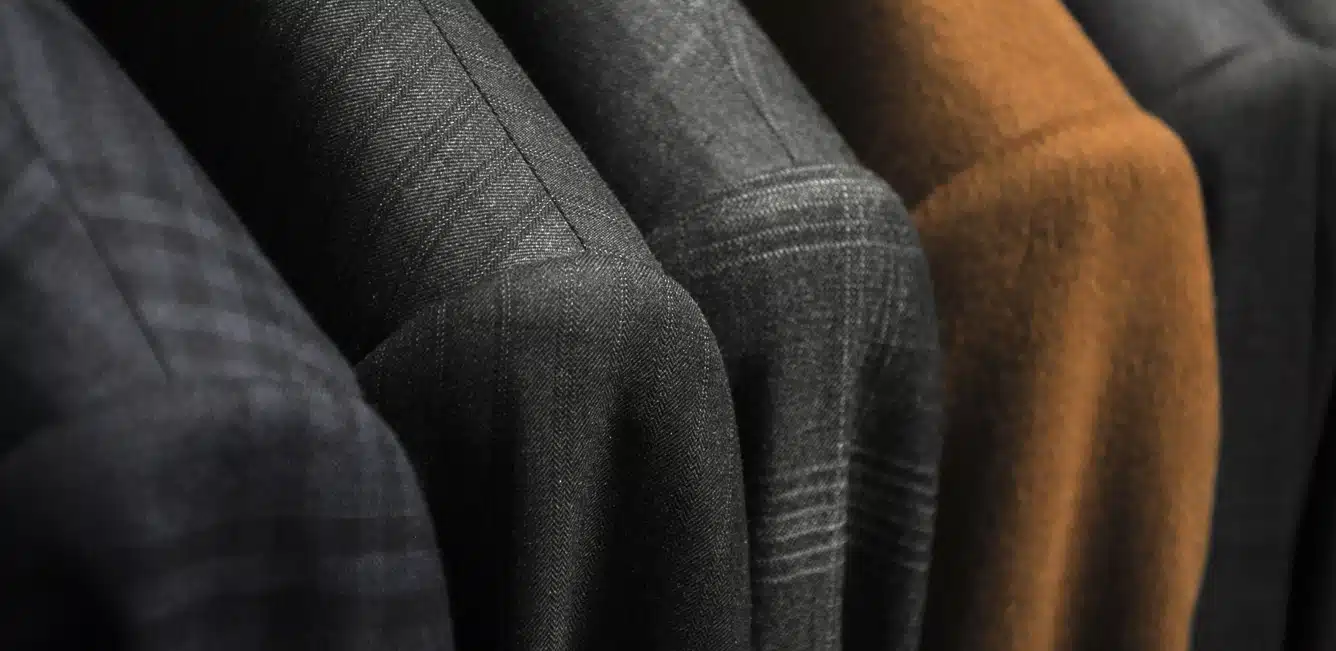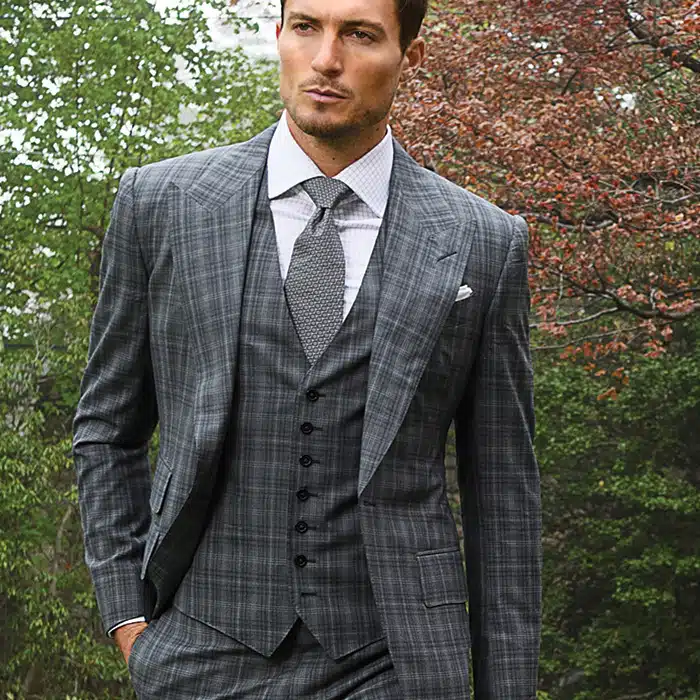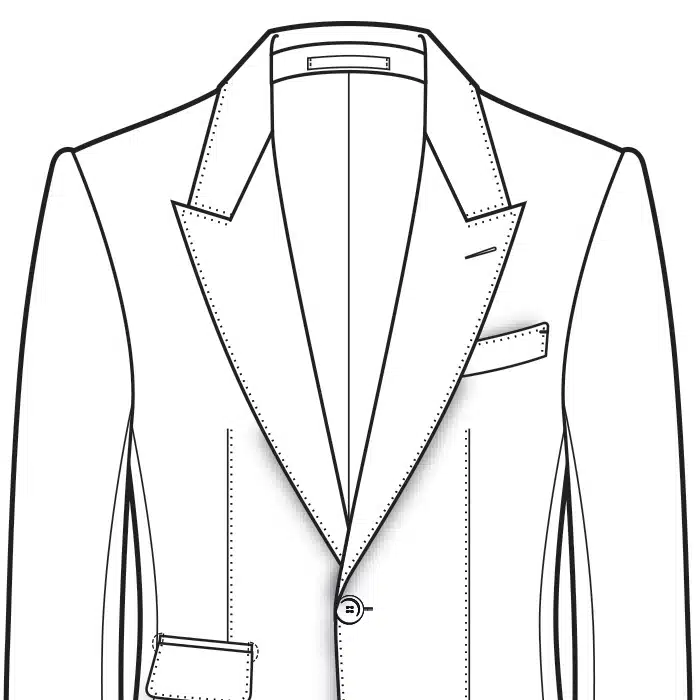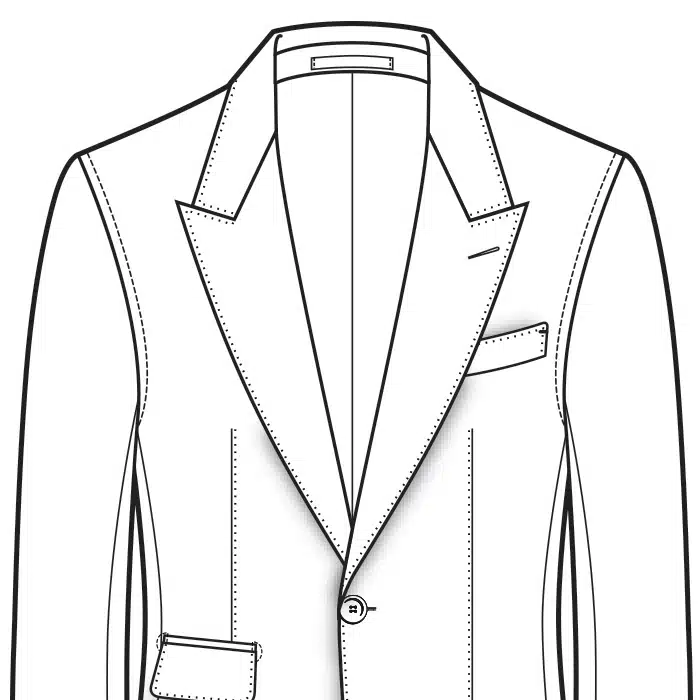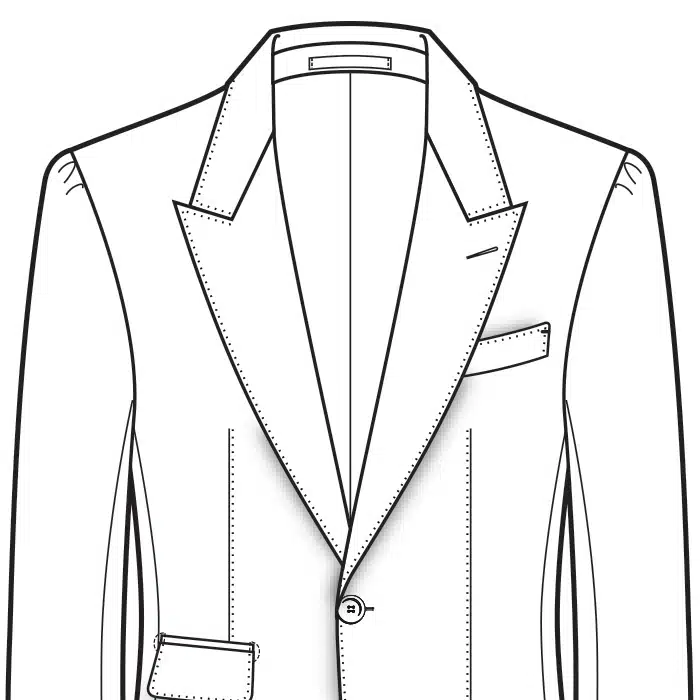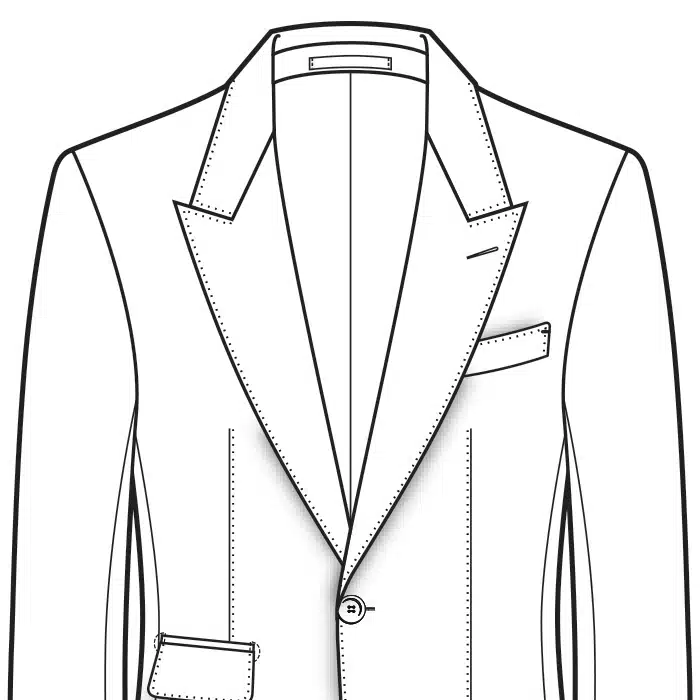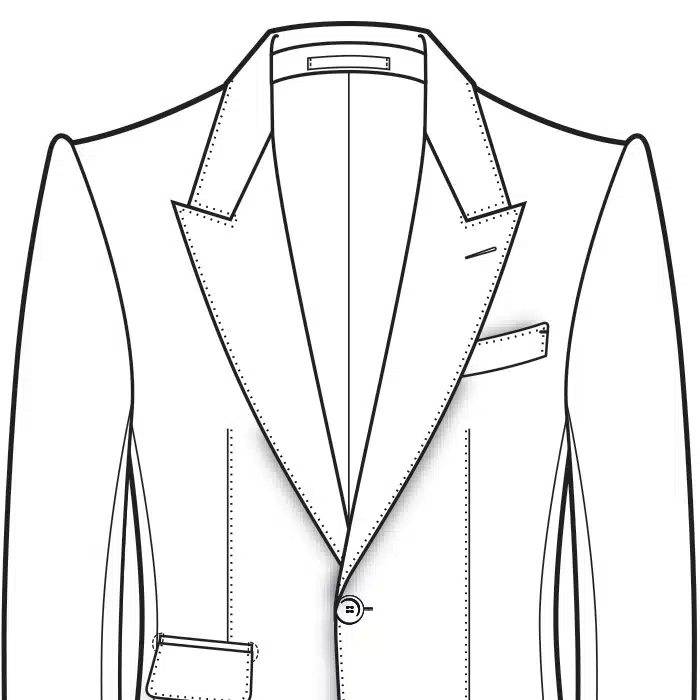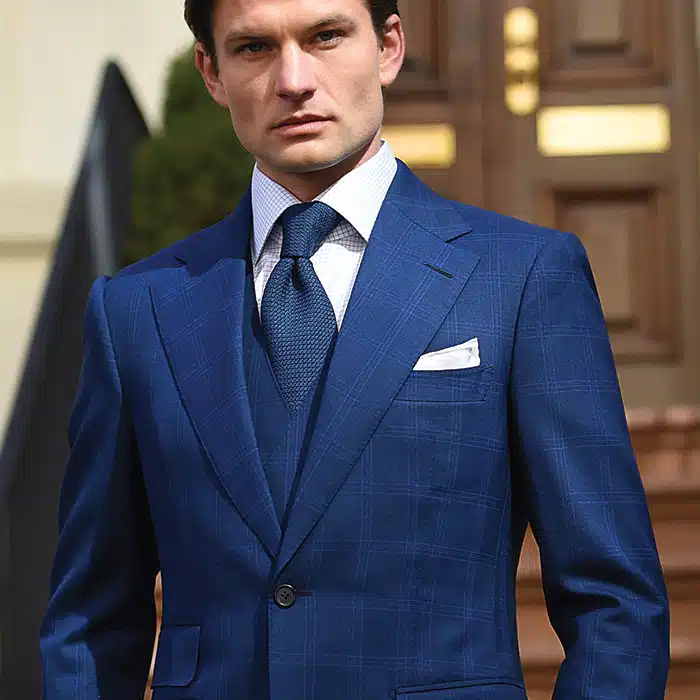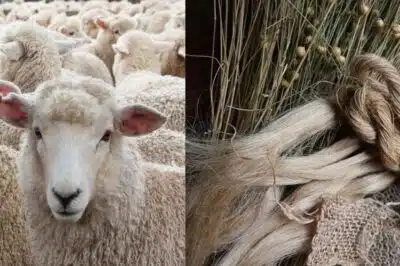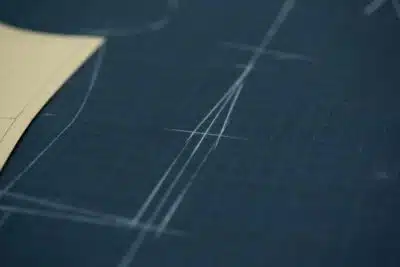A suit, especially a bespoke one, is a complex garment. The fit, fabric and individual details – including shoulder styles – must all come together to compliment a man’s physique and reflect his distinctive style.
The shoulder line, in particular, conveys intent and is one of the most defining elements of a jacket. If the suit makes the man, then the shoulder makes the suit.
Just like the keystone in an archway, the shoulder locks the other pieces of the coat in place, determining its silhouette and drape. Shoulders come in a dizzying array of varieties and permutations. They can be lightly or heavily padded, soft or structured, straight, concave and even convex.




